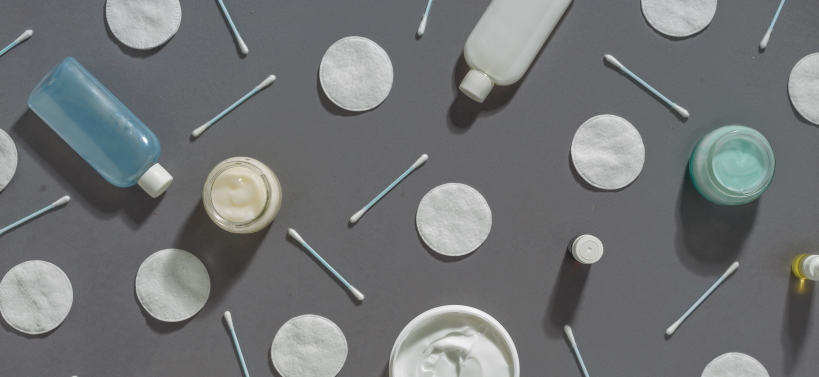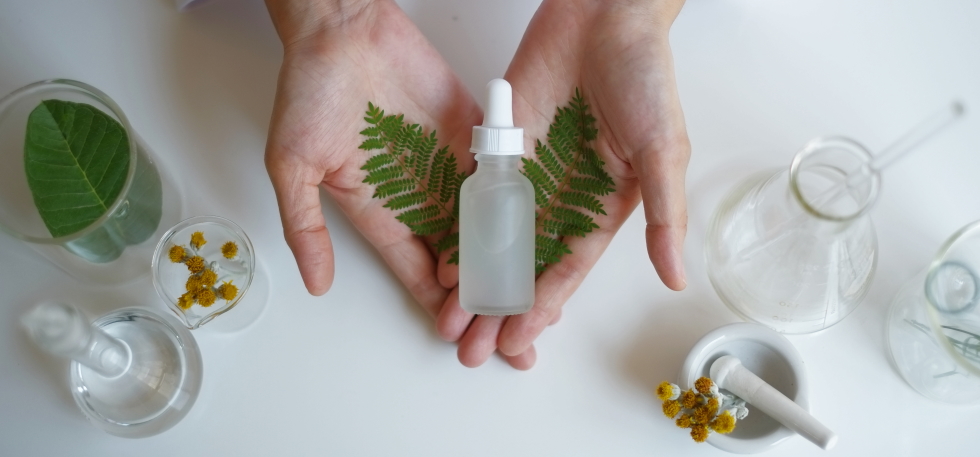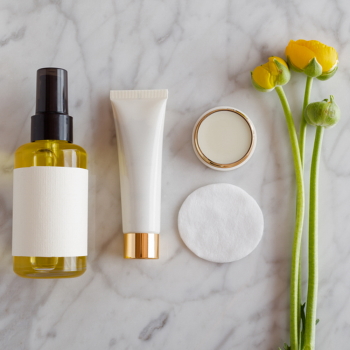
The use of alcohol in skincare products and items is a source of considerable consternation. Alcohol in makeup has a “negative” stigma, and many people tend to stop it because of a widely held misconception that it dries out the face. It’s partly natural because there are some “evil” alcoholic beverages. Not all of them, though, are negative. It all depends on the kind of alcohol and how much it is contained in the cosmetic substance. Alcohol appears in many ways in cosmetics and personal care products, and not all of them are toxic to the skin.
Types of Alcohol in Skin Care Products
A molecule containing one and sometimes more hydroxyl groups (-OH) is referred to as alcohol. The number of hydroxyl groups and the critical molecule on which they are bound to decide ethanol’s properties. The three forms of alcohol that are most widely found in cosmetics are:

Alcohols Simple in Nature
Because of their antibacterial properties, primary alcohols are widely used as antiseptic. Sugar, starch, and other carbohydrates are fermented to create them. Although these alcohols have the appearance of wine, they have a distinct odour.
Alcohol with a Pleasant Scent
Another kind of alcohols in cosmetic products is aromatic. This kind of alcohol serves the same purpose as plain alcohol, but it has a distinct fragrance. Its aim in cosmetics is to keep perfumes, skincare items, and essential oils smelling fresh.

Alcohols Containing Fatty Acids
And now we’ve arrived at the most intriguing part. There is a whole class of compounds known as “alcohols” scientifically, but they vary in appearance and skin effect. Fatty alcohols are emollient and occlusive, so they don’t dry out the skin (slowing water evaporation). They have a dense, waxy feel, and some of them may also be strong, which distinguishes them from clear alcohols. Fatty alcohols help goods sound softer and make the application faster and cleaner.
